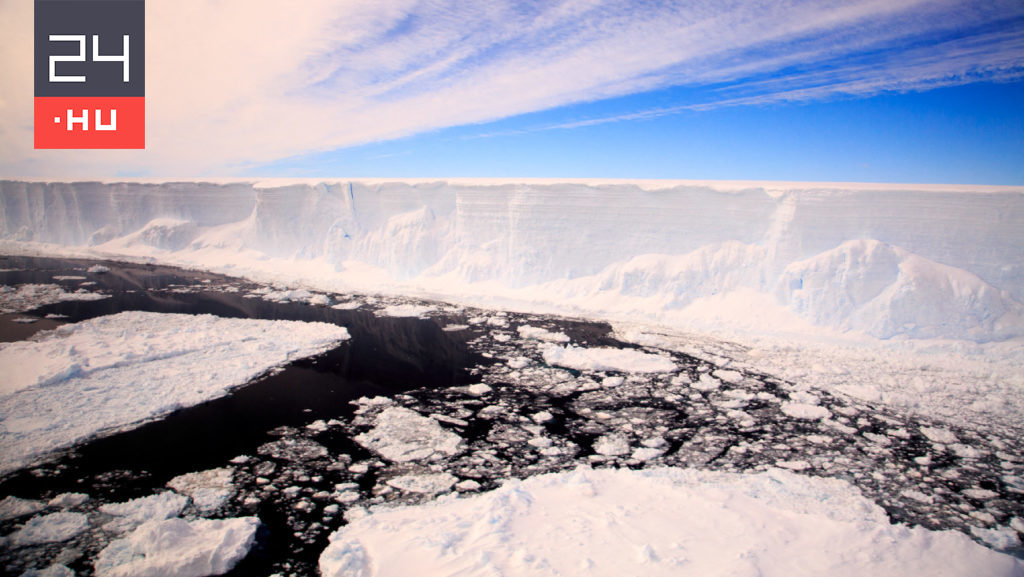One of the world’s largest icebergs separated from Antarctica in 2017, with an area of nearly six thousand square kilometers at the time. But today, based on satellite imagery, the National Ice Center in the United States decided it didn’t make sense to pursue more, according to MTI reports.
The A68 was torn from Larson C’s self-ice at the edge of the Antarctic Peninsula, barely moving for a year. Then it began to drift northward at increasing speeds with the help of strong currents and winds. In the southern waters of the Atlantic Ocean, it drifted toward South Georgia Island, part of the British Overseas Territories, where the largest icebergs are usually carried out by slowly melting into shallow waters. However, the A68 somehow managed to escape this, in the end
He said, “It’s amazing how long it lasted.” Adrian Lachman, Researcher at Swansea University for the BBC. A68 is the iceberg of the satellite age, so it’s likely the first to be a star on social media. He was talked about a lot especially when he was afraid that they would be stranded off the coast of South Georgia, thus cutting the path of the penguins to the food and people started to worry about the animals.












































